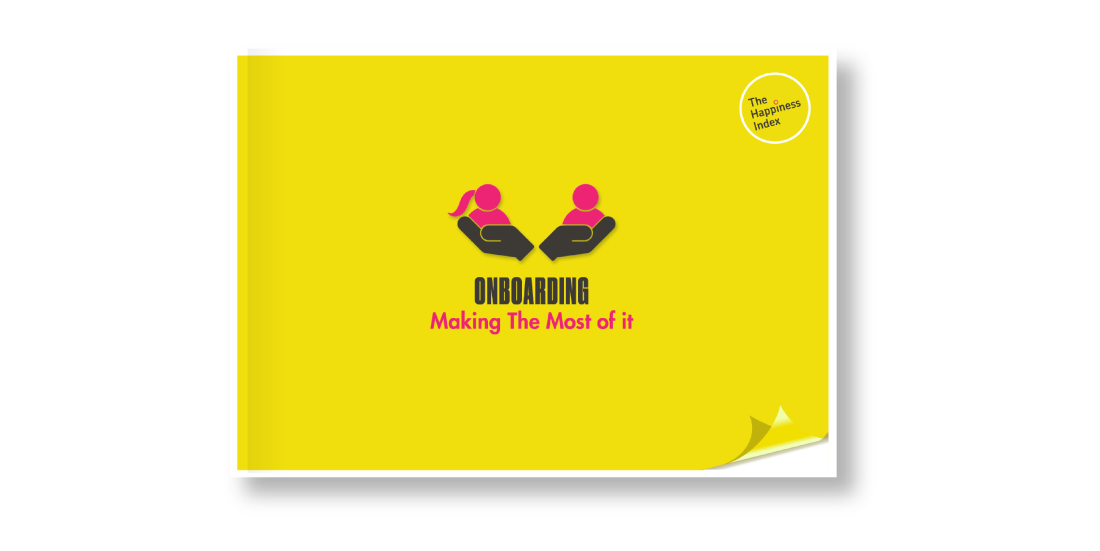Menu


Checking in with employees is always a good thing to do, but especially during the onboarding process to understand what’s going well and what isn’t. Here are 4 benefits of surveying your people through the onboarding process…

We’ve talked about what employee onboarding is and the benefits of getting it right… but what about surveying? After all, that is our bread and butter!
We know that the current skills shortage means that recruiting is harder than ever. This puts even more emphasis on nurturing and retaining talent. You must ensure that your onboarding process is optimised for everyone that comes through your doors. The process should also, as far as possible, be individualised to the unique humans you’re welcoming to your team.
Top Tip: Take the time to understand the feedback you receive and gather further context, this will help you fine-tune your employee onboarding and deliver programmes that build the talent within your organisation.
Onboarding people is expensive. It also takes time and effort from across your team. However, you can get a return on this investment by making sure your process is as effective as possible. By listening to your team members you can understand where your time and resources can be best spent to help ensure employee onboarding success.
Top Tip: Survey your people at different points in their onboarding experience – 2 weeks, 3 months and 6 months. Capture how well each stage of your onboarding process is performing. Plus, track employee happiness and engagement across the critical 6 month window.
By getting live insights from your employee surveys you can move your onboarding programme more effectively and flexibly in line with what your organisation and the individuals within it need at any given time. The world is changing at a remarkable pace and so being able to adapt to real-time feedback will give your organisation the edge.
Top Tip: Don’t feel like changing direction is a failure. It can be disappointing when something you thought would perform well isn’t working for your people, but that doesn’t mean it’s a failure. Instead, see it as a learning opportunity.
We often see that new employees are happier and more engaged than those who have been with an organisation for longer. By really understanding what your team is valuing during those early stages you can apply learnings across your workforce. Not only this but by listening to your people from day one, you can trend this phenomenon and understand your entire employee lifecycle in more detail.
Top Tip: Continue to measure your employee engagement and happiness throughout your employee lifecycle. This will help you to spot trends and gain greater clarity on how you can best serve your people.

This is the fifth chapter in our latest eBook, ‘Employee Onboarding: Making The Most of it‘. Click the link to download your copy today!
Related articles
Get in touch for a quick chat with one of our experts to see how we can help you.
Take our benchmark to map where your organisation is now, and where it needs to be.